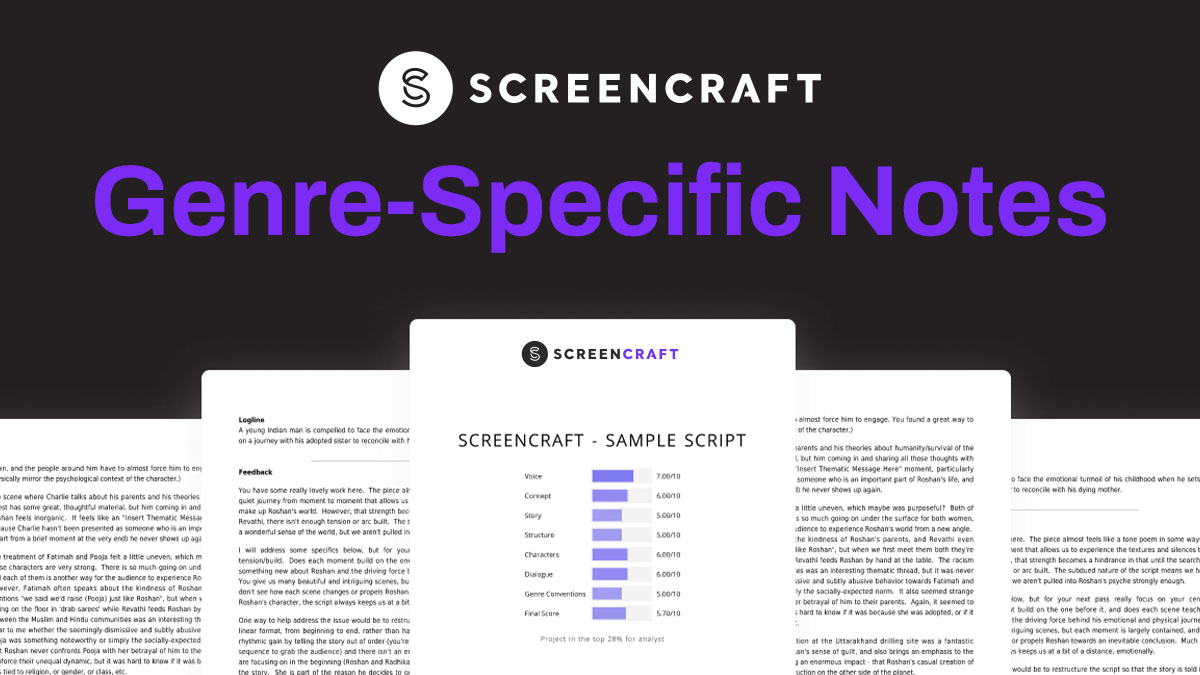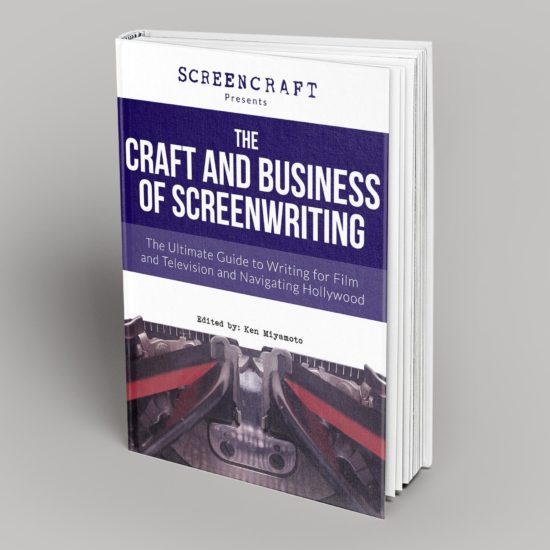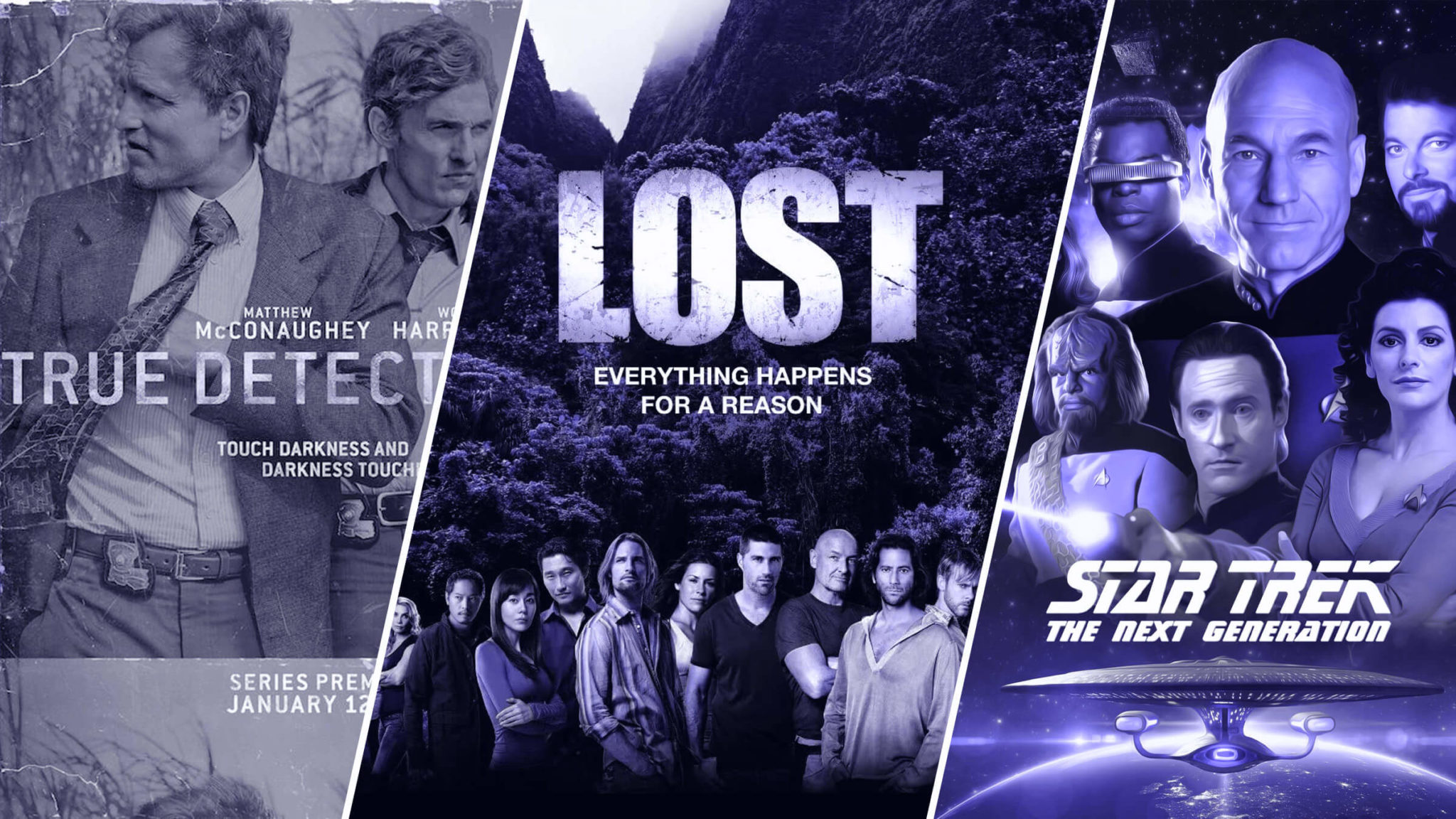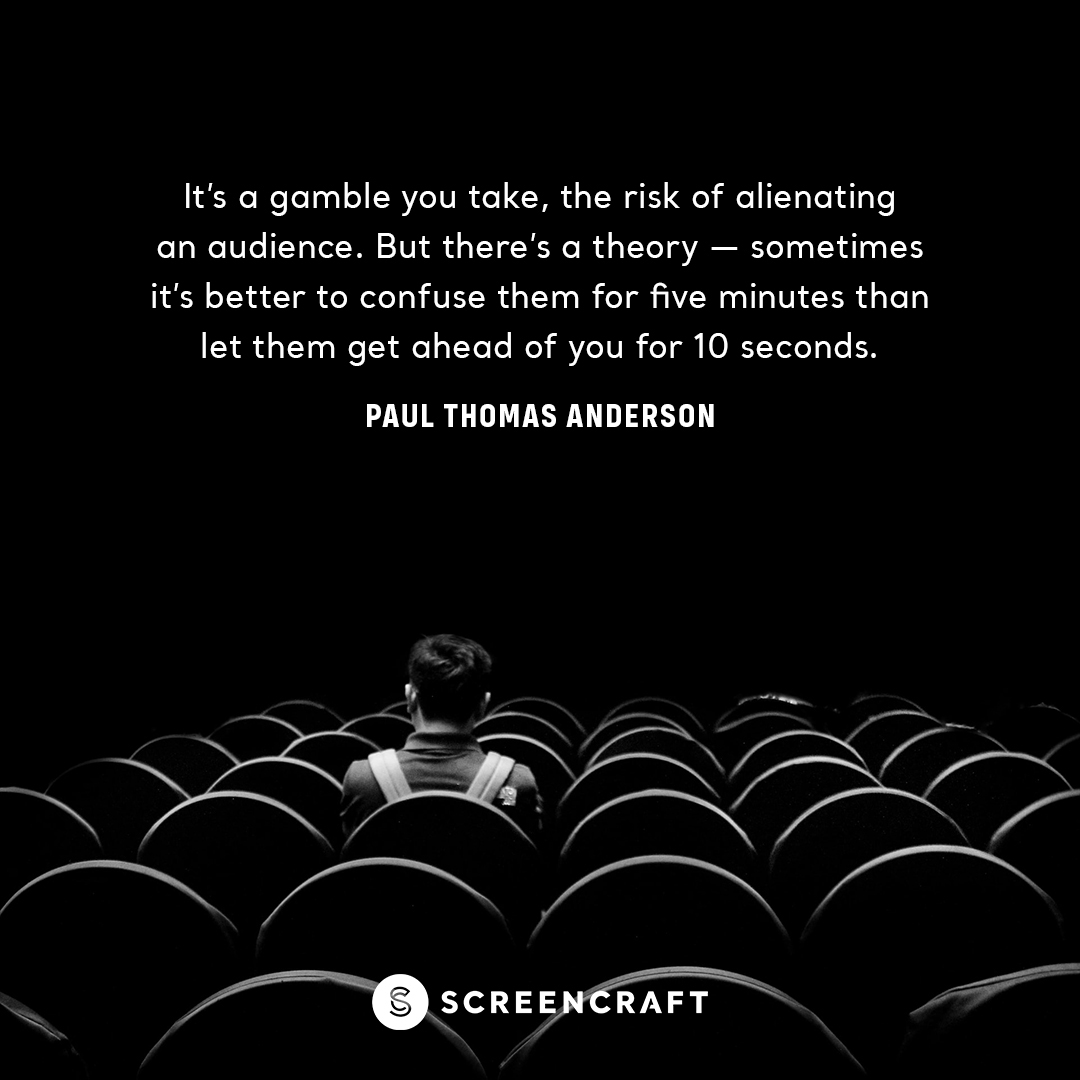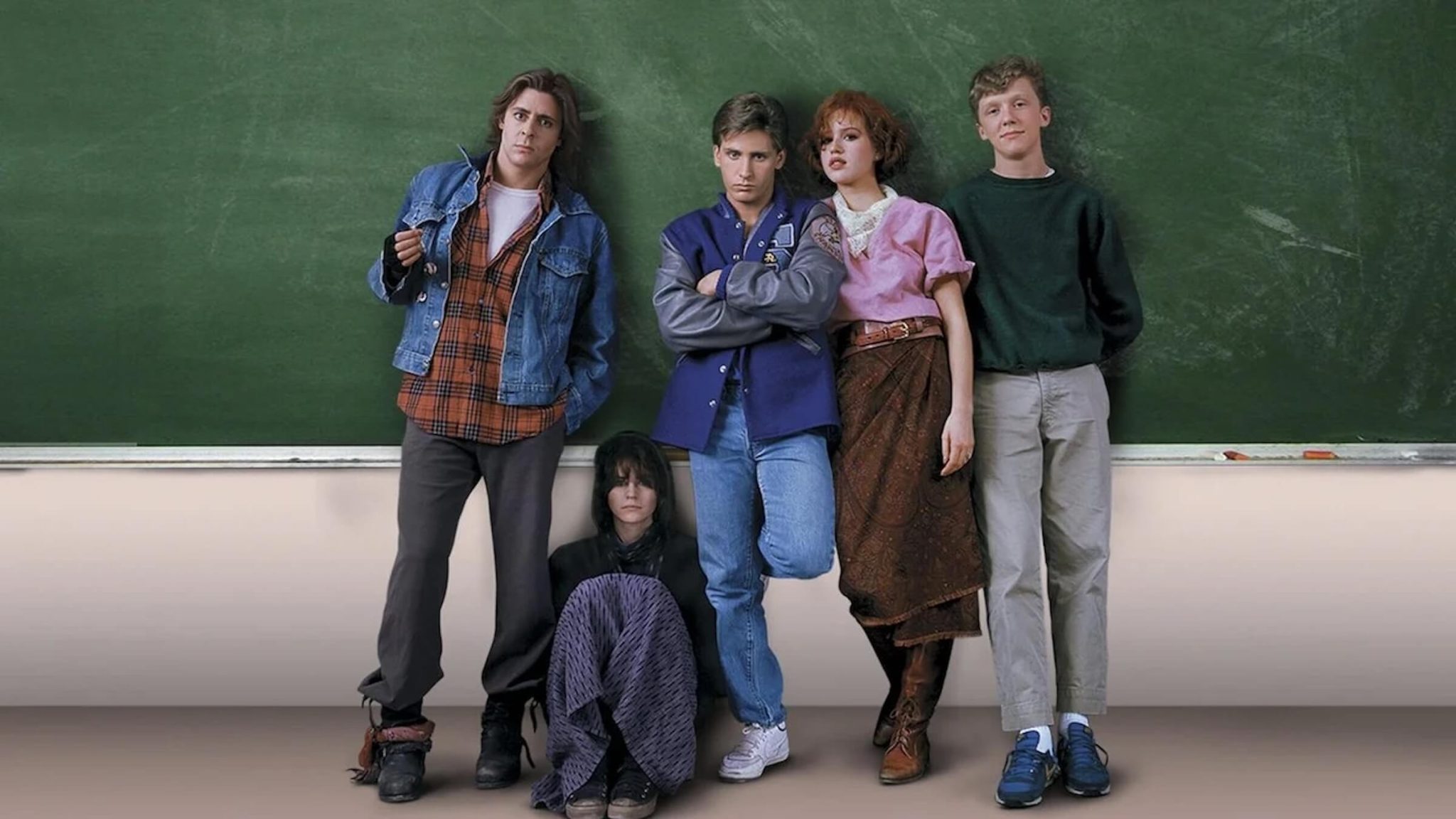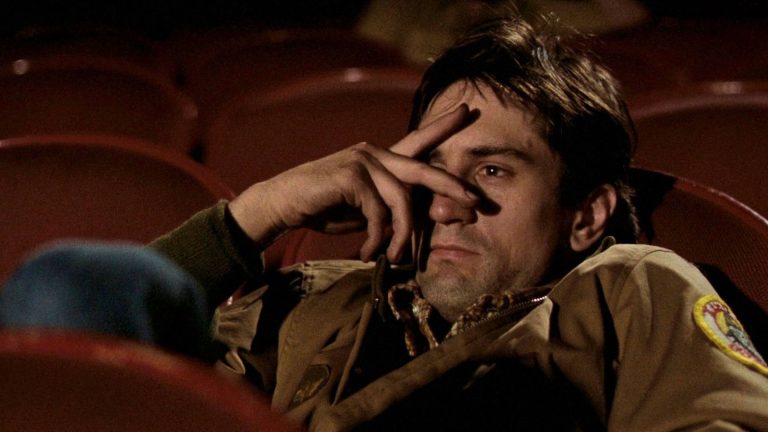The Most Underrated Elements of Successful Screenplays

What if you could learn some X-factor elements of screenwriting that would help you create truly successful screenplays — beyond just a good story and some compelling characters?
A screenplay is successful long before it hits the Hollywood market and is represented, purchased, and produced. A successful screenplay is one that captivates the reader and offers a memorable cinematic experience. Everything that happens after that is icing on the cake because a great script will always rise above the rest — as long as you put forth maximum effort to get it out there.
Read ScreenCraft's Writing the Perfect Query Letter for Your Scripts!
You've read about creating excellent story and character arcs, script structure, dialogue, and scene description — but what are those underrated and underutilized elements that can tip the scales in your favor when it comes to crafting what others will deem as a successful script?
Here we offer some of the most underrated components of a screenplay from the perspective of a studio script reader — me. These are pieces of successful screenplays — some big, some small — that have always been found in the best scripts on the market.
1. Specific and Concise Script Titles
Yes, we know that a great title can't save a lackluster screenplay — but you'd be surprised what triggers the interest of Hollywood insiders. And triggering their interest early is key to capturing and retaining their attention. The title is the first contact that Hollywood will have with your screenplay as they read query emails, contest submissions, the trades if you make The Black List or sign with big representation, etc. So you want those titles for your scripts to be enticing. But the underrated aspect of that goes beyond just getting their attention.
Creating specific and concise script titles is all about giving a lot of information clearly with just a word or two — in brief but comprehensive fashion.
The spec script Buried — written by Chris Sparling and later produced with Ryan Reynolds in the lead — is a perfect example of specific and concise. Within the context of the screenplay, the word buried conjures thoughts of fear (being buried alive), suspense (trapped), and intrigue (how to escape). When a script reader sees a title like that, there is instant recognition as far as what they expect. The reader — script reader, assistant, intern, development executive, producer, manager, agent, or talent — instantly begins to ask themselves theoretical questions, whether consciously or subconsciously.
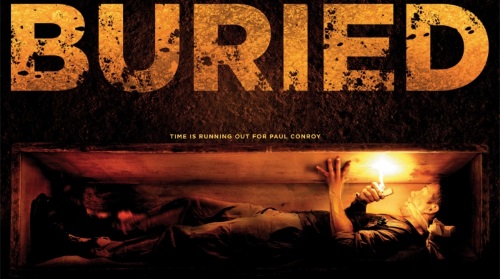
"Why are they buried?"
"Who buried them?"
"How will they get out?"
"Will the whole story be set within wherever they are buried?"
"If so, how can a story be sustained in that one location?"
The reader's interest has been triggered. All thanks to one specific and concise word that readers will later see applied to the logline and opening pages of the screenplay.
They will want to discover the answers to those who, what, when, where, how, and why questions that are immediately triggered upon reading the screenplay title.
In order to accomplish this, you need to find words that can trigger reactions and interest. Look at your screenplay and find words, phrases, and terminology that most embrace the concept — and those that will register with the average person.
When I was developing my own recent psychological thriller about a character that is thrown from his car in a single car accident in the middle of nowhere, the one word that stood out the most was thrown. That became the title and has since garnered some excellent attention, especially as the title is connected to the very first image within the screenplay — a man being thrown from his car. The word immediately conjures those questions of who, what, when, where, how, and why.
"Who is this character that has been thrown?"
"What will the story center on?"
"If he's in the middle of nowhere, what conflicts will he face?"
"How is he going to survive?"
"Why should we care?"
Give us something simple, something specific, and something concise that will trigger our interest.
Read ScreenCraft's How to Write Screenplay Titles That Don’t Suck!
2. The Unexpected
Whether it is present in the logline — the core concept of your screenplay — or throughout the screenplay itself, the best way to capture a reader's attention is to give them elements that they don't expect.
Hollywood has read everything. If you focus on just telling your own version of a story that has already been told — a bank heist, a killer stalking victims in the night, two people falling in love, a spaceship crew encountering some danger, a fish-out-of-water comedy — you'll find yourself and your script well behind before the reader even gets to THE END.
Your sole objective as an as-yet-to-be-discovered screenwriter is to stand out from the rest. And the easiest way to do that is not by writing great versions of what has already been seen, but by giving the reader something unexpected.
If you can accomplish that within the logline by having a unique and original concept, wonderful. But it's hard to do that, we know. The next best thing is taking a familiar concept, premise, story, or type of character and flipping it. Go down a different road. Lead us one way, only to twist and turn onto a completely alternative route.
That's all readers want. Something different. Something that breaks the monotony. Sure, a biopic of Michael Jackson is interesting, but what if it was told through the eyes of his pet chimpanzee Bubbles?
Within the screenplay, do everything you can do to shake things up. Readers are masters at predicting where a story is going to go because they've seen and read it all. Change that. If one character arc is leading to a specific predictable point, surprise us. Shock us. Maybe the guy doesn't get the girl in the end? Maybe the hero isn't a hero? Maybe the twist that you're leading to is just the beginning of many further twists? Readers love to be surprised during the reading. It doesn't happen often, but when it does...

Go through your screenplays that you've written — or those that you plan to write — and look for every opportunity to turn in unexpected directions.
That is what separates more of the same to something new and unexpected in the eyes of the reader.
3. Small Story Windows
Less is more. That is a mantra that all screenwriters need to embrace. While most apply that to scene description and dialogue, it is also strongly applicable to stories as well.
The original Star Wars offered us a glimpse into that galaxy. We didn't need to see Luke Skywalker's childhood unfold before he stumbled upon two droids on a fateful day on the desert planet of Tatooine. We didn't need to see the buildup to the space chase that exploded onto the screen after the opening crawl. We didn't need to see the world of Han Solo and his smuggling ways.
Instead, we were offered a glimpse into the colliding stories of those characters — until the impending sequels, prequels, and spin-offs obviously.
The element of telling a story using small story windows offers the reader the ability to have less to remember and envision. And when they have less to remember and envision, they can more easily experience the cinematic core concept and story that you tell.
The more you add to the premise, the higher the risk you will face of losing the reader.
Instead of having your screenplay tell the dramatic story of your alcoholic character trying to go sober over the course of a year, why not focus on the last day of the last step in their 12-Step program?
Instead of having your screenplay tell the epic story of a historic World War II battle, why not focus on one soldier as they deal with the overarching conflict?
Instead of having your screenplay tell the horrifying story of a serial killer stalking and killing multiple victims, why not center the story on a single victim in their house watching the news reports of the killings and then hearing a floorboard creak from above? The opening of Wes Craven's Scream alone could have been a single contained horror movie.
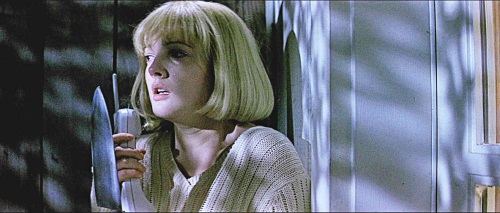
When you write within the confines of smaller story windows, the tension, suspense, drama, and conflict are bigger and more present.
Note: It's also more attractive to Hollywood. The fewer set pieces and locations there are, the cheaper the film will be to produce.
4. Fewer Characters
This element is paired well with writing in small story windows. The more characters in the screenplay, the more the reader has to remember and then apply to the story they are being tasked to follow.
While this sounds obvious, you would be surprised how many screenplays have too many characters.
Instead of having four lead characters with a few additional supporting characters, why not whittle it down to one or two leads with just one or two supporting?
And it's not just about the reader's lack of memory application. When we tell that World War II battle story through the eyes of a single soldier — as opposed to generals, admirals, captains, and their family members back home — it's a much more personal experience for the reader. The reader can better relate to a single point of view as opposed to that overarching assembly of characters.
The story of Tommy in Dunkirk could have been an even more contained film by itself.

While some stories just require more characters, do your best to make sure that each and every character that you do have matters. Ask yourself questions like:
"Are any characters redundant?"
"Can any characters be combined?"
"Can the story survive without this character?"
You'd be surprised how many characters in your scripts are redundant, could be combined, or just aren't needed. When you make those discoveries and perform the necessary changes, your scripts will only be more successful in the end.

Note: Again, it's also more attractive to Hollywood. The fewer characters there are, the cheaper the film will be to produce.
5. Simple Format
The fifth and final underrated element is by far the most basic — simple format.
You've been told endlessly not to direct your screenplays within the scene description by using camera angles and transitions — these are wise words to live and write by — but screenwriters still make the mistakes of over-formatting their scripts.
While we could easily go example-by-example of what not to do, let's focus on what you should stick to 99% of the time when it comes to formatting.
INT./EXT. LOCATION - DAY/NIGHT
That's all that readers need. Tell us where the characters are and what time of the day it is. Then use the description to briefly give us the broad strokes of what we need to envision. That's it.
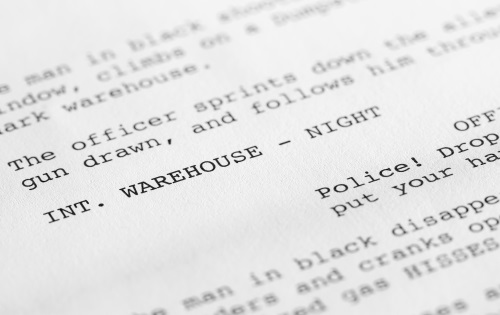
Anything more on a regular basis throughout the screenplay is overkill.
When you keep it simple and direct, the reading experience is much more easily applicable to our mind's eye. We can process the visuals quickly as our brain registers that simple formula of INT or EXT, LOCATION, and DAY or NIGHT. When you start to add more formatting, our brains are forced to stop, review, interpret, and then envision before we move on. When we see that simple formula, we can scan past in a millisecond and get to the good stuff. The cinematic visuals will play easier in our mind's eye, as opposed to having to stop with every irregular formatting element.
Imagine sitting in a screening room while watching a movie, and every time the film switches to a new location we're forced to cut to black to read a title card — that is what it is like reading unnecessary format when the writer could just pare it down to INT. PRISON - NIGHT.
If you need to convey anything more (dusk or dawn, same, later, flashback, date, etc.), do it very sparingly.
The best screenplays are those that lack clutter in the format.
Utilizing these five underrated elements in your screenplays can be simple but effective difference-makers. They can be the X-factors that take a good script and transform it into a truly successful screenplay.
Ken Miyamoto has worked in the film industry for nearly two decades, most notably as a studio liaison for Sony Studios and then as a script reader and story analyst for Sony Pictures.
He has many studio meetings under his belt as a produced screenwriter, meeting with the likes of Sony, Dreamworks, Universal, Disney, Warner Brothers, as well as many production and management companies. He has had a previous development deal with Lionsgate, as well as multiple writing assignments, including the produced miniseries Blackout, starring Anne Heche, Sean Patrick Flanery, Billy Zane, James Brolin, Haylie Duff, Brian Bloom, Eric La Salle, and Bruce Boxleitner. Follow Ken on Twitter @KenMovies
For all the latest ScreenCraft news and updates, follow us on Twitter and Facebook!
Tags
Get Our Screenwriting Newsletter!
Get weekly writing inspiration delivered to your inbox - including industry news, popular articles, and more!



